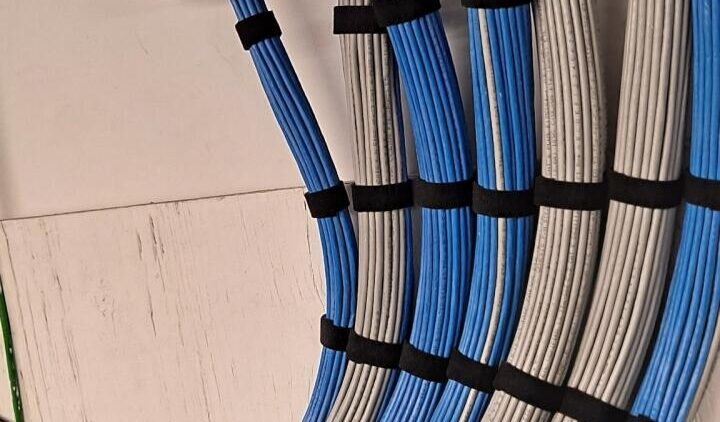Door Access Control Systems Enhancing Security and Efficiency
In today’s fast-paced world, security is paramount for businesses of all sizes. One of the most critical components of a secure business environment is controlling who can access your premises. Door access control systems are pivotal in safeguarding your assets, data, and personnel by managing and restricting entry points. Understanding the essentials of these systems and selecting the right solution can significantly enhance your security measures and operational efficiency.
Understanding Door Access Control
Door access control systems are sophisticated technologies designed to prevent unauthorized access, ensuring that only authorized individuals can enter specific areas. These systems are integral to modern security strategies, providing a seamless way to manage entry to buildings, rooms, and facilities. The core components of an access control system include:
- Door Reader: This device verifies the credentials presented by an individual attempting to access an area.
- Controller: Acts as the central processing unit, deciding whether to grant or deny access based on predefined rules.
- Electric Lock: Secures the door, and the access control system controls lock or unlock based on authentication.
- Access Control Management Software: The backend system where access rules are defined, managed, and monitored.
Key Features and Benefits
- Scalability: Modern access control solutions are designed for growth. They can quickly adapt from managing a single entry point to securing thousands of doors and users, making them ideal for businesses with expansion plans.
- Advanced Technology: Today’s systems offer a variety of authentication methods, including traditional keycards, biometric verification, and even mobile credentials through smartphones. This flexibility enhances user convenience while maintaining high-security standards.
- Network Integration: Many door access controllers now operate on Power over Ethernet (PoE), simplifying installation and reducing the need for additional power sources. This integration facilitates easier management and scalability of the system.
- Customization: Access control systems allow for customized access rules, ensuring that individuals have entry only to areas pertinent to their role within the organization and only during the times you specify.
Structured Cabling for Access Control
A well-planned, structured cabling system is crucial for efficiently operating door access control systems. These systems often require a composite cable that houses multiple insulated wires to support various access control system components, including power supply, data transmission, and signaling. This not only streamlines installation but also simplifies future maintenance and upgrades.
Choosing the Right Solution
When selecting a door access control solution, consider the following factors to ensure it aligns with your business needs:
- Scalability: Opt for a system that can grow with your business, accommodating more doors and users as your needs evolve.
- Technology Compatibility: Ensure the system supports a range of authentication methods, from RFID and HID cards to mobile and biometric credentials, offering flexibility and enhanced security.
- Integration Capabilities: The system should seamlessly integrate with your existing security infrastructure, including surveillance cameras, alarm systems, and emergency response technologies.
- User Management: Look for intuitive management software that allows for easy addition, removal, and modification of user access rights.
Conclusion
An effectual door access control system safeguards your business’s assets, data, and personnel. Understanding the basics and selecting a scalable, technology-compatible solution can enhance your security measures and ensure operational efficiency. Remember, the right access control system prevents unauthorized entry and is a foundation for a comprehensive security strategy.
Progressive Office Cabling
Founded in 1986, Progressive Office’s success is a direct result of years of commitment to seeking cost-effective solutions. Progressive teams are committed to installing and operating your data cabling, access control, and telecom systems while minimizing disruption and downtime. Call our toll-free number (800) 614-4560 today.

